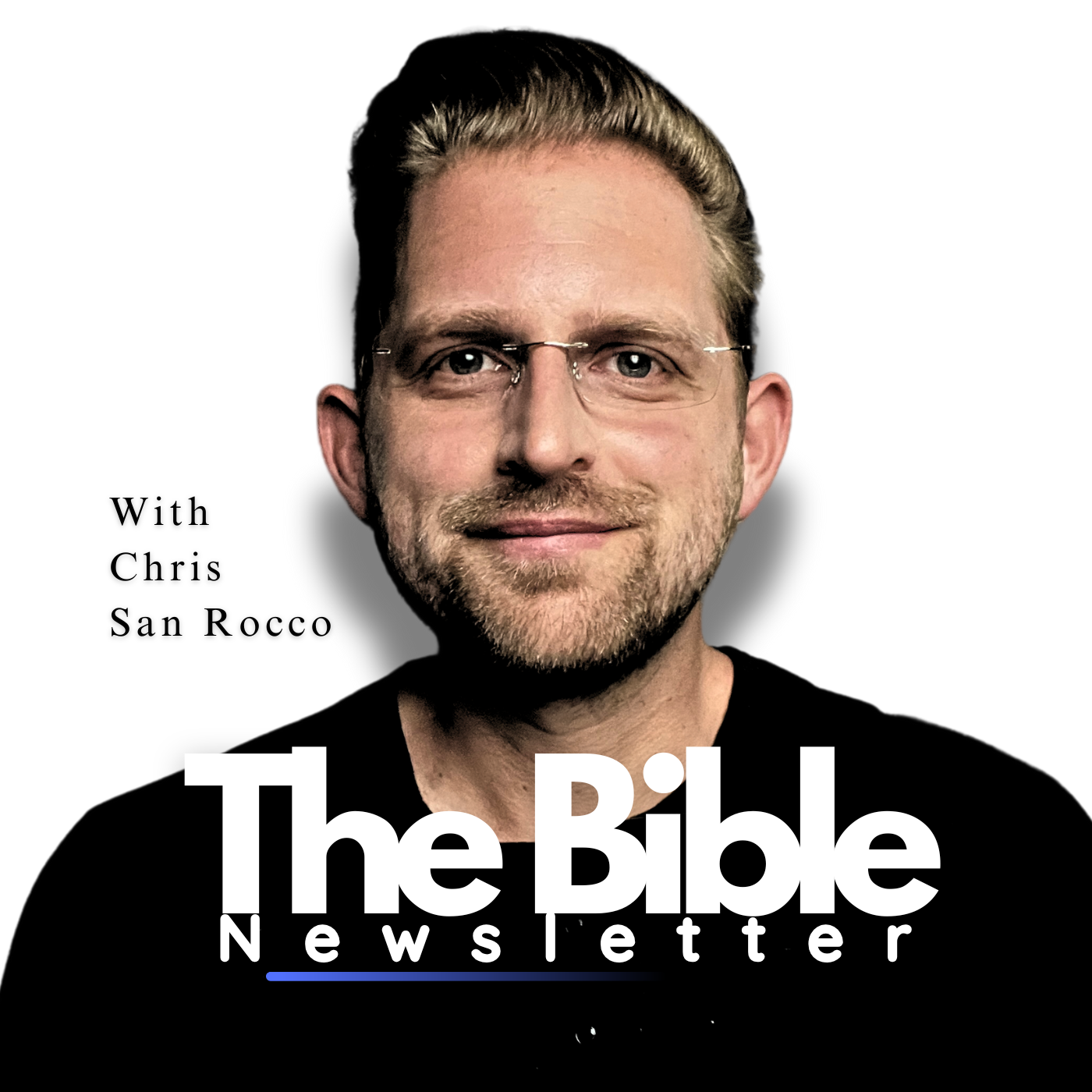Understanding Sin
In this lecture we will discuss Sin in 4 parts: origin, consequences, redemption, and repentance
By the end of the lecture you will be able to clearly explain these 4 pieces and understand the redemptive work of Christ.
I. The Origin of Sin:
The concept of sin lies at the very core of theological doctrine, tracing its origins back to the disobedience exhibited by the first human couple, Adam and Eve. As recounted in the Book of Genesis, their rebellion against the divine commandment marked a pivotal moment in human history, unleashing the introduction of sin into the world.
Scripture: Genesis 3:6 - "So when the woman saw that the tree was good for food, and that it was a delight to the eyes, and that the tree was to be desired to make one wise, she took of its fruit and ate, and she also gave some to her husband who was with her, and he ate."
This act of defiance shattered the once perfect harmony that existed between humanity and its Creator, God, forever altering the course of human existence. The consequences of their transgression reverberated throughout all generations, leading to a fractured relationship between humankind and the divine. It is within this theological framework that the doctrine of sin takes shape, exploring the nature, consequences, and means of redemption for humanity in its fallen state. The narrative of Adam and Eve serves as a cornerstone for understanding the theological significance of sin, reminding believers of the inherent brokenness within the world and the need for redemption and reconciliation with God.
Show Transcripts



